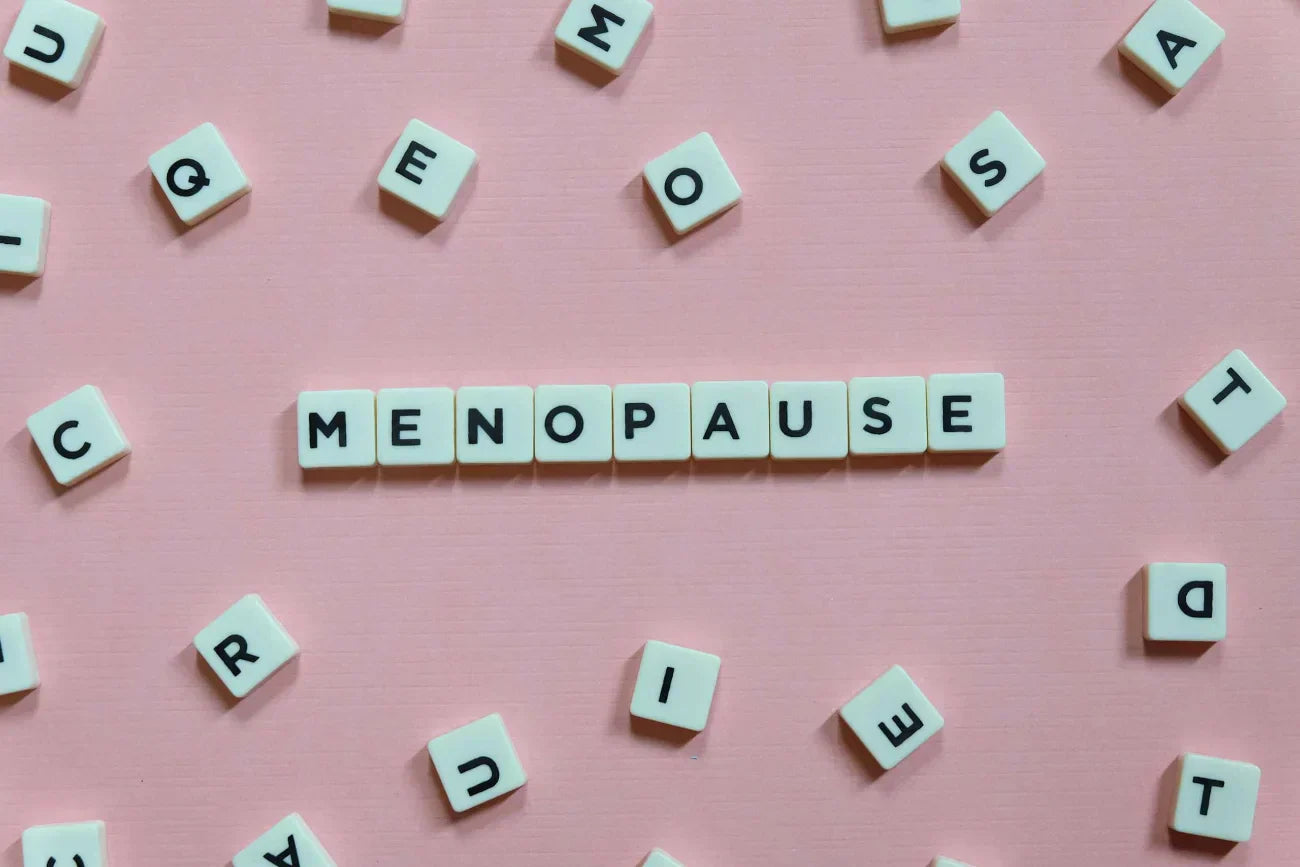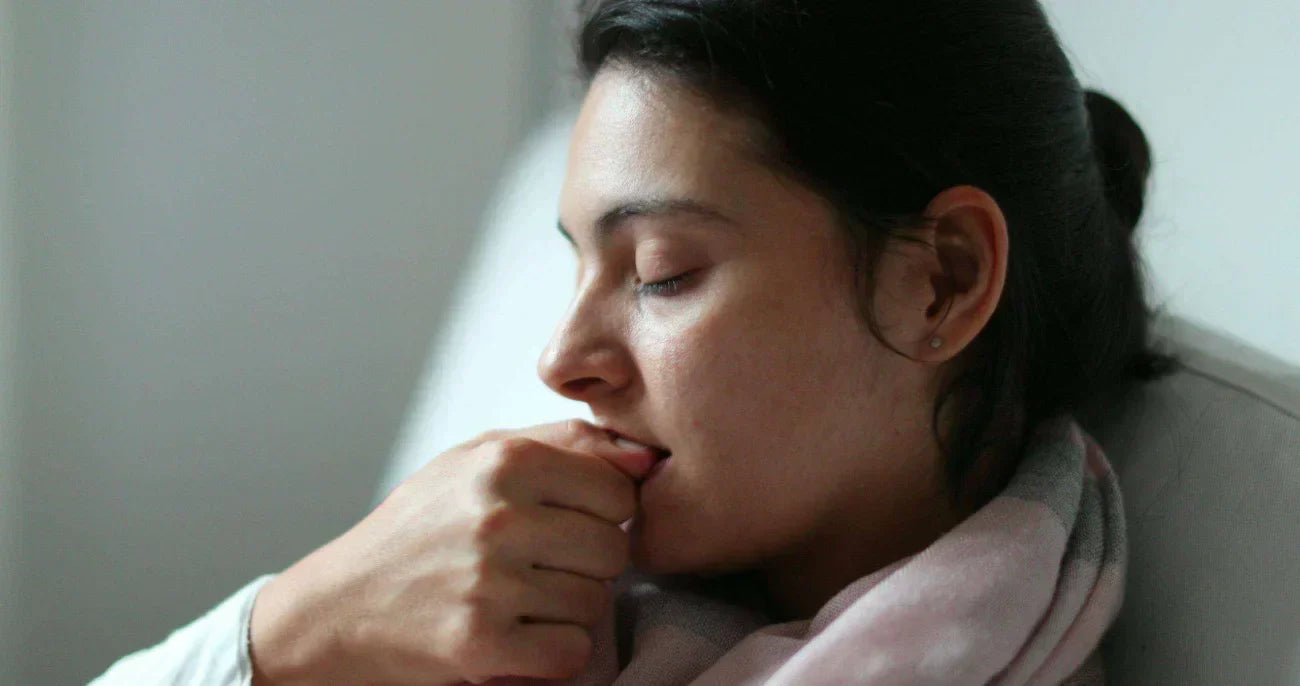Ovarian cysts are small fluid-filled sacs. They appear inside the female reproductive system or on the surface of the ovaries (1,2). Their size can vary considerably. Some women have many very small ones, while others have a large one (3). But, what causes ovarian cysts?
Most of them are benign, and there are even cases in which they disappear on their own after some time. However, they must be controlled to avoid complications (1).
What causes ovarian cysts? Why do they appear?

Ovarian cysts can appear for different reasons. The most common causes are the following:
- First, during a menstrual cycle, a functional ovarian cyst can appear. It is temporary and not malignant (1).
- Second, in cases of endometriosis, the tissue that should be inside the uterus grows in the ovaries. This results in the formation of a cyst (1).
- Third, polycystic ovary syndrome (PCOS) is a condition in which a woman produces more male hormones than normal. This can lead to the growth of ovarian cysts (3).
- Finally, they appear in a relatively normal way during pregnancy (4).
What causes ovarian cysts? Signs and symptoms
An ovarian cyst is not likely to cause any signs at all. However, they can cause symptoms of varying severity in some women. The following are the most common (1,3):
- Constant or intermittent pelvic pain.
- Discomfort and pain during sexual intercourse.
- Distension in the abdomen with a feeling of bloating.
- Changes in the menstrual cycle with heavier or irregular periods. Also with more painful menstruation.
- Nausea and vomiting in case the cyst ruptures or twists on itself.
To conclude, mood disorders may occur in PCOS but are not recorded as symptoms of ovarian cysts due to other causes (5).
Who is most at risk of developing ovarian cysts?
What causes ovarian cysts? Is age a crucial factor in this matter? The development of ovarian cysts occurs mainly in women during their reproductive years. It generally appears between the ages of 20 and 40, due to the hormonal changes of the menstrual cycle (6).
If a woman has a family history of ovarian cysts, she is more likely to develop cysts at some point. Also, if she has already had them, the risk of developing them again increases (7).
On the other hand, those who use infertility therapies or hormone replacement therapy to relieve menopausal symptoms are more at risk. The same is true for those with higher concentrations of male hormones, as is the case in PCOS (8).
What causes ovarian cysts? How are they diagnosed and treated?
During a routine examination, the doctor may feel the presence of ovarian cysts. However, pelvic ultrasound is the gold standard test to confirm the diagnosis in most cases (1).
If the practitioner has doubts about the ultrasound report, they may expand the information with a CT scan or MRI. The aim is to obtain detailed images of the cysts, their number, location, and size (8).
Finally, if the imaging tests are inconclusive, laparoscopy will be chosen. Especially if a complication such as torsion is suspected (1).
Sometimes blood tests can be performed to measure hormones. For example, oestrogen, progesterone, and follicle stimulating hormone (FSH) levels ( (2,3).
Also, treatment for ovarian cysts ranges from observation, medication, and surgery. It is important to discuss the options with the physician to determine the most appropriate approach (1,2).
Can ovarian cysts be prevented?
There are no specific measures that can guarantee the prevention of ovarian cysts. Many develop as part of the normal menstrual cycle (3).
However, there are actions that can help reduce the risk; for example:
- Comply with annual gynaecological check-ups and perform routine pelvic examinations. This may help detect the problem before it becomes more complicated (1).
- Use oral contraceptives. If prescribed by a doctor, it is a way to regulate cycles and prevent functional cysts (3).
- Manage underlying conditions. A diagnosis of polycystic ovary syndrome requires strict adherence to medical recommendations (6).
- Lead a healthy lifestyle. Maintaining an appropriate weight and regular exercise are key, both of which contribute to hormonal balance (9).
- Do not smoke. Smoking increases the risk of ovarian cysts (8).
Now that you know more about what causes ovarian cysts, if you think you may be at risk of developing them, it is important to talk to your doctor. Definitely getting an early medical evaluation can give you peace of mind and ensure you get the right care.
Referencias Bibliográficas
- NHS. Ovarian cyst. Overview. [Internet]. UK: National Health System; 2023 [cited 2024 Apr 3]. Available from: https://www.nhs.uk/conditions/ovarian-cyst/
- NHS Inform. Ovarian cyst. [Internet]. UK: National Health System; 2023 [cited 2024 Apr 3]. Available from: https://www.nhsinform.scot/healthy-living/womens-health/middle-years-around-25-to-50-years/periods-and-menstrual-health/ovarian-cyst/
- OASH. Ovarian cyst. [Internet]. EE. UU.: Office on Women´s Health; 2021 [cited 2024 Apr 3]. Available from: https://www.womenshealth.gov/a-z-topics/ovarian-cysts
- Senarath S, Ades A, Nanayakkara P. Ovarian cysts in pregnancy: a narrative review. J Obstet Gynaecol [Internet]. 2021 [cited 2024 Apr 3];41(2):169–75. Available from: http://dx.doi.org/10.1080/01443615.2020.1734781
- Dybciak P, Humeniuk E, Raczkiewicz D, Krakowiak J, Wdowiak A, Bojar I. Anxiety and depression in women with polycystic ovary syndrome. Medicina (Kaunas) [Internet]. 2022 [cited 2024 Apr 3];58(7):942. Available from: https://www.mdpi.com/1648-9144/58/7/942
- Muto MG. Patient education: Ovarian cysts (Beyond the Basics). [Internet]. UpToDate 2023 [cited 2024 Apr 3]. Available from: https://www.uptodate.com/contents/ovarian-cysts-beyond-the-basics
- Nautiyal H, Imam SS, Alshehri S, Ghoneim MM, Afzal M, Alzarea SI, Güven E, Al-Abbasi A, Kazmi I. Polycystic ovarian syndrome: a complex disease with a genetics approach. Biomedicines [Internet]. 2022 [cited 2024 Apr 3];10(3):540. Available from: https://pubmed.ncbi.nlm.nih.gov/35327342/
- Mobeen S. Ovarian Cyst. [Internet]. EE. UU.: StatPearls Publishing; 2023. Available from: https://www.ncbi.nlm.nih.gov/books/NBK560541/
- Saraswati P. The risk factors of menstruation cycle and lifestyle to the prevalence of the ovary cyst in general hospital district in konawe. [Internet]. IJHSRD; 2019 [cited 2024 Apr 3];1(1):1–8. Available from: https://www.ijhsrd.com/index.php/ijhsrd/article/view/1
You May Also Like

JOIN US AND GET 10% OFF
Sign up to our newsletter to access free resources, advice and support.















